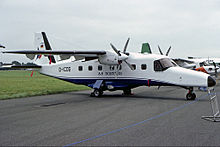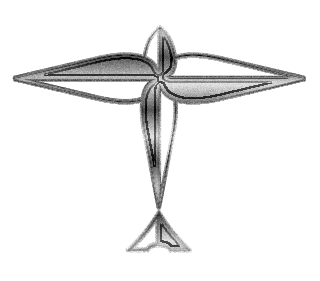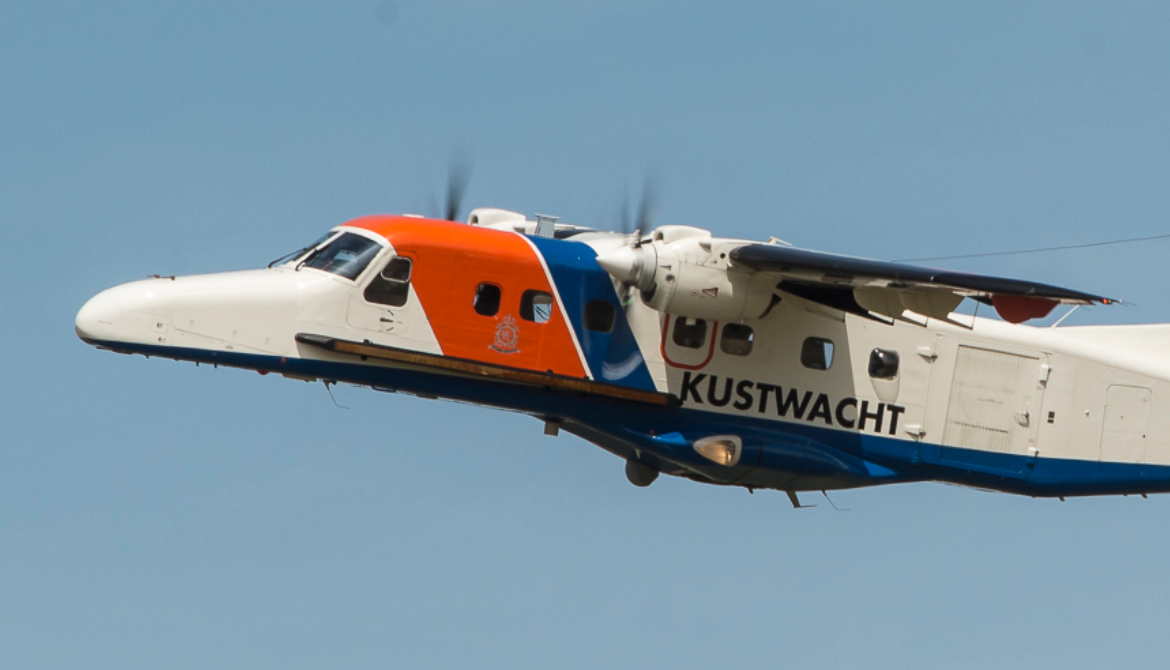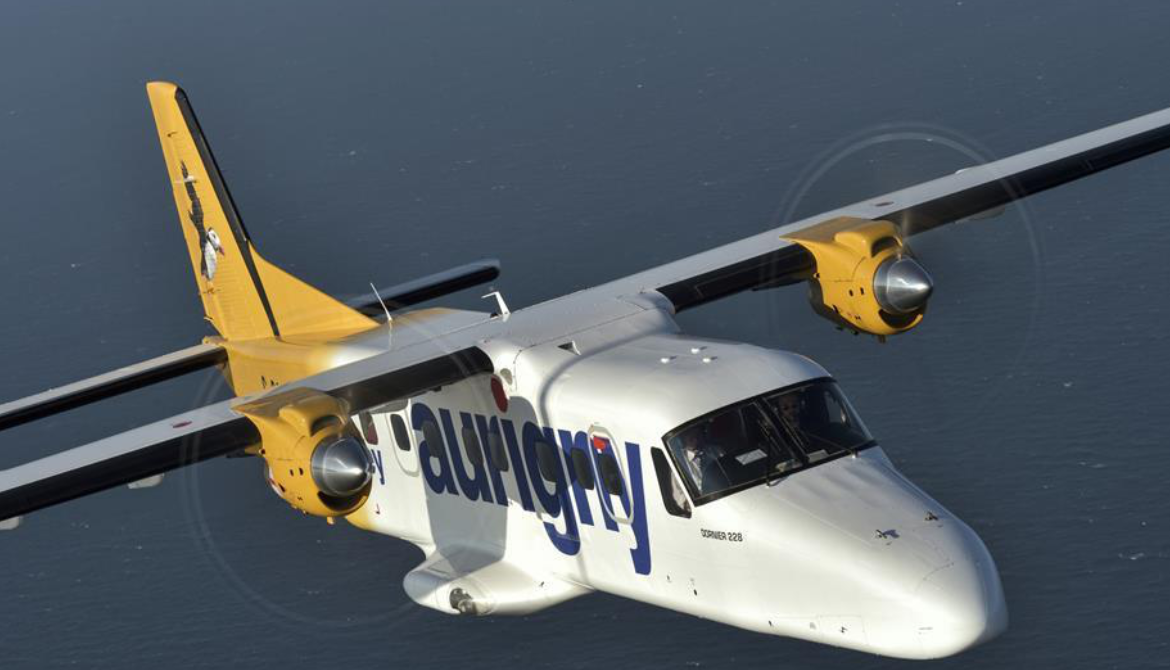Dornier 228
is a turboprop
Role Utility aircraft
Manufacturer Dornier GmbH
RUAG
General Atomics
Built by Hindustan Aeronautics Limited
First flight 28 March 1981
Introduction July 1982
Status Active service
Primary users Indian Air Force
Indian Coast Guard
Indian Navy Netherlands Kustwacht
Produced Dornier: 1982–1997
HAL: 1985–present
RUAG: 2010–2020
General Atomics: 2021-Present
Number built Dornier: 245 HAL: 125.
Developed from Dornier Do 28
.
History Dornier Flugzeugwerke.
Dornier 228 is a turboprop

The Dornier 228 is a twin-turboprop STOL utility aircraft, designed and first manufactured by Dornier GmbH (later DASA Dornier, Fairchild-Dornier) from 1981 until 1998. Two hundred and forty-five were built in Oberpfaffenhofen, Germany. In 1983, Hindustan Aeronautics Limited (HAL) bought a production licence and manufactured another 125 aircraft in Kanpur, Uttar Pradesh, India. In July 2017, 63 aircraft were still in airline service.
In 2009, RUAG started building a Dornier 228 New Generation in Germany. The fuselage, wings and tail unit are manufactured by Hindustan Aeronautics Limited (HAL) in Kanpur, India, and transported to Oberpfaffenhofen, where RUAG Aviation carries out aircraft final assembly. The Dornier 228NG use same airframe with improved technologies and performances, such as a new five-blade propeller, glass cockpit and longer range. The first delivery was made in September 2010 to a Japanese operator. In 2020, RUAG sold the Dornier 228 program to General Atomics.
Design

Experimental Do-28D modified with the Do-228 supercritical wing In the late 1970s, Dornier GmbH developed a new kind of wing, the TNT (Tragflügel neuer Technologie – Aerofoil new technology), subsidized by the German Government. Dornier tested it on a modified Do 28D-2 Skyservant and with Pratt & Whitney Canada PT6A-110 turboprop engines. Finally, Dornier changed the engine and tested the new aircraft, which was named Dornier 128 with two Garrett AiResearch TPE-331-5 engines. The company developed a new fuselage for the TNT and TPE 331–5 in two variants (15- and 19-passenger) and named both project-aircraft E-1 (later Dornier 228-100) and E-2 (later Dornier 228-200). At the ILA Berlin Air Show in 1980, Dornier presented the new aircraft to the public. Both of the prototypes were flown on 28 March 1981 and 9 May 1981 for the first time.

The Dornier 228 prototype at Farnborough 1982 in Norving colors, its first operator
0
KmCeiling
0
KmCombat RANGE
0
Km/hAircraft Speed
0
Max Crew
Photo Gallery
Dornier Flugzeugwerke
Dornier 228NG is a turboprop


Dornier Flugzeugwerke
Dornier DO-228NG-Turboprop
General Info
-
-
- Crew: 2
- Capacity: 19 passengers
- Length: 16.56 m (54 ft 4 in)
- Wingspan: 16.97 m (55 ft 8 in)
- Height: 4.86 m (15 ft 11 in)
- Wing area: 32 m2 (340 sq ft)
-
Powerplant
-
-
- Empty weight: 3,900 kg (8,598 lb)
- Max takeoff weight: 6,575 kg (14,495 lb)
- Fuel capacity: 1,885 kg (4,156 lb)
- Powerplant: 2 × Honeywell TPE331-10 turboprop, 579 kW (776 shp) each
- Propellers: 5-bladed MT-Propeller, 2.5 m (8 ft 2 in) diameter fully-feathering constant-speed propellers
-
Performance
- Cruise speed: 413 km/h (257 mph, 223 kn)
- Stall speed: 137 km/h (85 mph, 74 kn)
- Range: 396 km (246 mi, 214 nmi) with 1,960 kg (4,321 lb) payload
- Endurance: 10 hours
- Service ceiling: 7,620 m
- Take-off run: 792 m (2,600 ft)
.
Links to Youtube & Others
More than 350 design changes are present between the Dornier 228 and the re-launched Dornier 228 NG. Amongst the principal changes is the adoption of Universal's UNS-1 glass cockpit, which means that standard aircraft are equipped to be flown under single-pilot instrument flight rules (IFR) in addition to visual flight rules (VFR); according to RUAG Aviation,
Dornier 328 is a turboprop
The Dornier 228 has been promoted in various capacities, including as a commuter aircraft, a military transporter, cargo hauler,
Youtube Link
In late 2017, the Directorate General of Civil Aviation issued a type certificate to the HAL 228.













